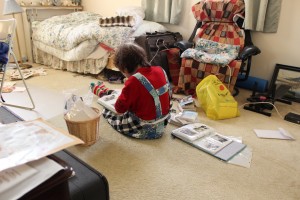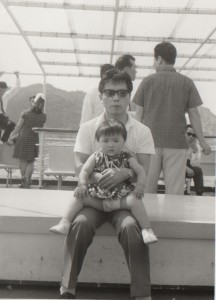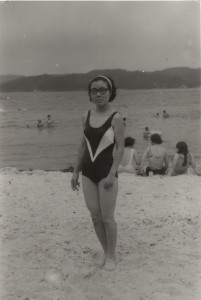Yesterday’s CAP conference was a very interesting experience for me.
In reflection of this year, I am amazed at how far each of us have accomplished, and how we have gained the skills to understand and discuss to a great extent on very high level issues after only a year in the Global Citizens stream. However, yesterday’s conference raised a question for me. Although the Global Citizens stream is an interdisciplinary program, after through the conference I realized how there are yet many other perspectives out there. I realized that we are still confined to a structure, in that we can through the program we are only able to choose a specific combination of disciplines. I walked around the exhibition area where people had their projects displayed, and was able to get a taste of music, short films, and art which took up issues that we similarly explored in Global Citizens, but through a new medium and perspective.
For instance, from the Law and Society stream, I sat in Helen Wagner’s presentation, “National Geographic and the Photographic Gaze: The Commodification of Indigenous Peoples in Consumer Culture”. She raised issues of representation of indigenous people for markets and consumer culture on the National Geographic magazine. She talked how in the National Geographic indigenous people are “exotic-ized” and portrays the people as “other” and how the National Geographic reinforces stereotypes such as the people being “proud”, or “different”. The biggest concern she had was that the indigenous people in National Geographic were often unnamed.
In our Arts Studies class, we have frequently approached issues of representation in media of marginalized cultures of narratives, but never got the chance to look at how photographs could do the same work. It is similar that we are looking at how indigenous culture is being marketed through mass culture, but it was interesting to see it from a media oriented way. At the same time, I could see connections, and that we could apply knowledge of scholars our class work to her presentation. For example, when she claimed that the indigenous people we being stereotyped and represented “proud”, it reminded me of Couser’s analysis on disability memoir. I believe that those disable and indigenous cultures are similar in that was they are both marginalized and their stories are consumed by the dominant cultures of society. Their stories are considered stories of suffering in which people vicariously consume. Couser describes how a pattern of disability narratives in which they are represented through a “rhetoric of triumph”, in that the story outlines how the individual overcomes their disability–what defines them as deviant from the norms of society. In this sense, I believe how the indigenous subjects are portrayed ‘proud of their difference’ reinforces how their stories are communicated through the “rhetoric of triumph” by how through publishing them in the magazine, we are allowing them to join our society through consuming their culture.
I believe that now that we have become experts in our stream, as members of the Coordinated Arts Program, it is our responsibility now to apply what we have learned to many other disciplines, and continue to be critical thinkers of our society.



